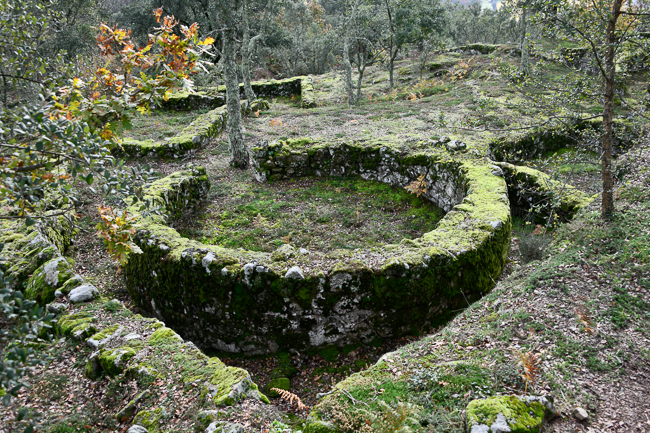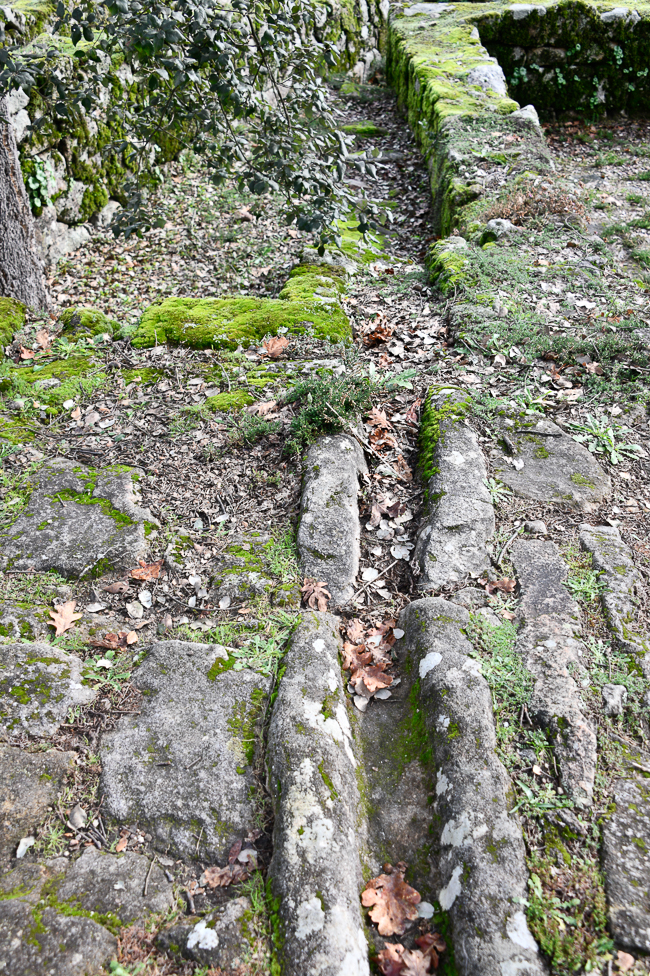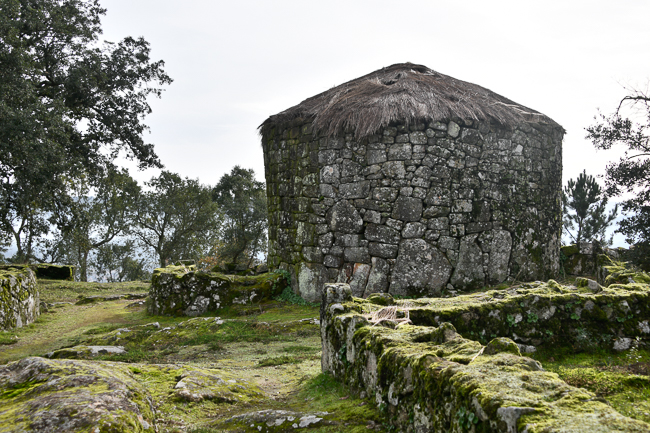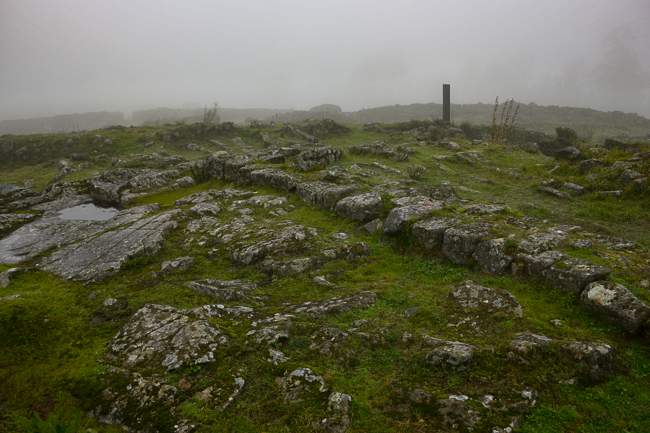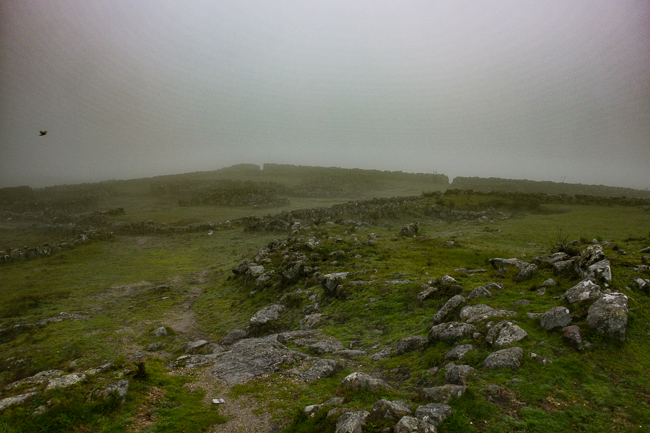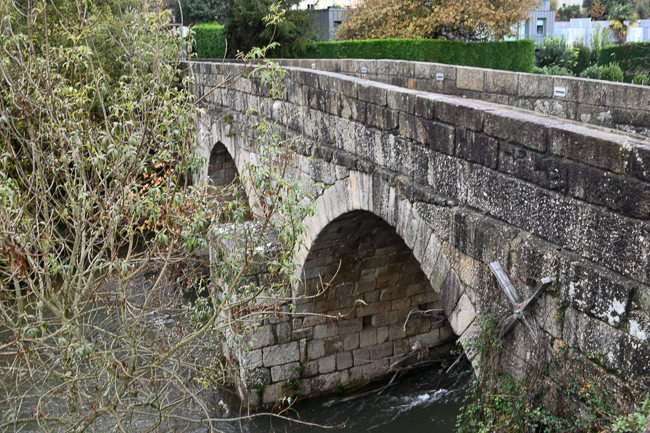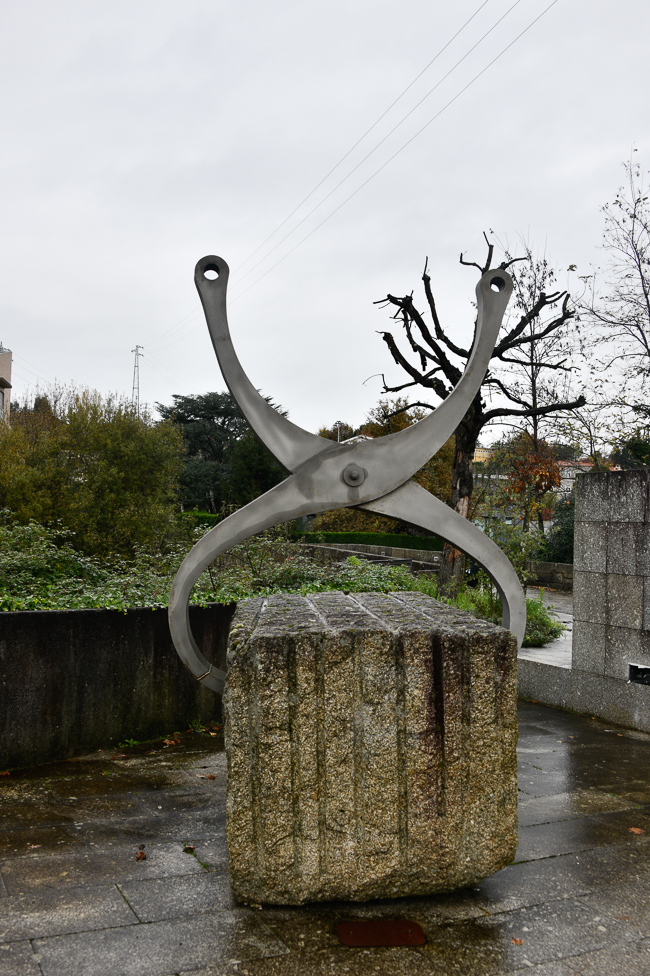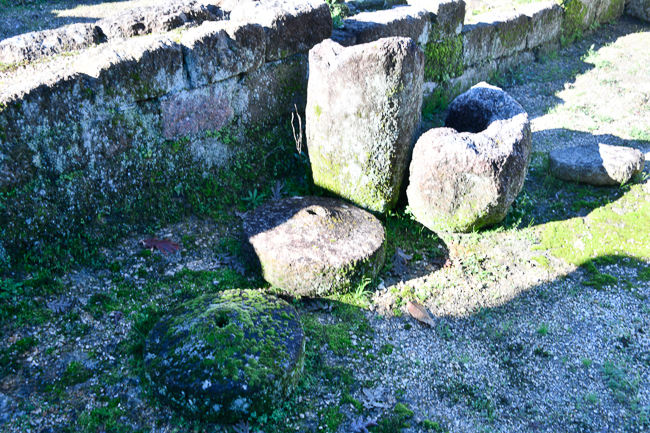Citânia de Briteiros
The Citânia de Briteiros archaeological site of the Castro Culture is one of the more excavated sites in the northwestern Iberian Peninsula. I first encountered excavations of the Castro Culture when walking the Camino de Santiago. I had no idea there were so many sites on the Iberian Peninsula of this particular culture.
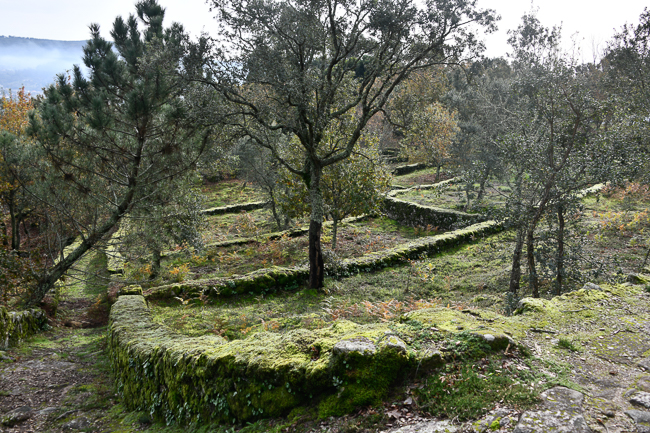 Castro culture is the archaeological term for the material culture of the northwestern regions of the Iberian Peninsula (present-day northern Portugal together with the Spanish regions of Galicia, Asturias, and western León.
Castro culture is the archaeological term for the material culture of the northwestern regions of the Iberian Peninsula (present-day northern Portugal together with the Spanish regions of Galicia, Asturias, and western León.
While Citânia de Briteiros is primarily known for the remains of an Iron Age there is evidence of sequential settlements, extending from the Bronze to the Middle Ages. The site was probably constructed between the first and second centuries BCE.
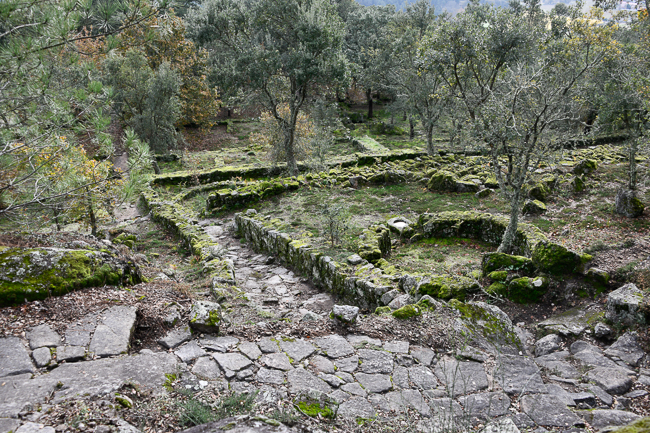 The Castro inhabitants are believed to have been Celtic.
The Castro inhabitants are believed to have been Celtic.
Sometime in the first century CE the settlement was occupied by Roman settlers
The site has been studied extensively since 1874, with the first excavations beginning in 1875, by Portuguese archaeologist Francisco Martins Sarmento. Sarmento was one of the first archaeologists to utilize photography as a recording method, his photographs of the site were entrusted to the Guimarães Archeology Museum, which was sadly closed during my visit to Guimarães.
The cities of the Castro Culture including Citânia de Briteiros were characterized by their size and by urban features such as paved streets equipped with channels for stormwater runoff, reservoirs of potable water, and evidence of urban planning. Although Briteiros is an unusual Castros sight since it has its streets arranged into a roughly grid pattern.
Sarmento reconstructed a pair of dwellings on the site in accordance with his research. Around 100 of these round residential compounds were found in this area.
There was so much to this site that I did not have a chance to visit. The first reason was lack of time, but the second was the terrain of the site does not make exploration easy. It is very, very rocky and steep.
Citânia de Sanfins
A second Castro culture site in the area is Citânia de Sanfins built between the 5th century BCE and the 2nd century CE, with a period of Roman occupation that started during the 3rd Century CE. The site was abandoned during the 4th Century CE. This site was also first dug in 1895 by Francisco Martins Sarmento accompanied by José Leite de Vasconcelos.
The Roman Bridge of Negrelos
The one-way Roman Bridge of Negrelos sits over the Vizela River and links the villages of Moreira de Cónegos and São Martinho do Campo. The bridge is one of the most important Roman vestiges of the region. The bridge served several Romanized castros in the area including Citânia de Sanfins,
This piece of sculpture was erected to celebrate the Bicentennial of the Portuguese attempt at holding the bridge against the French on March 29, 1809, during the Second Portuguese War.
Tongóbriga
Tongóbriga was mentioned by Ptolemy in the second century. While today considered a Roman ruin diggings show it may well date to an early era of Celtic origin.
The site was discovered in the 1980s and covers 75 acres. The majority is closed to the public, with the exception of a small area of what has been determined as houses.
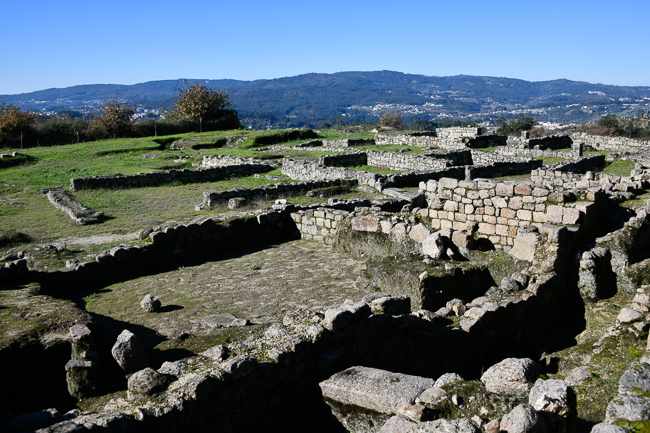 *
*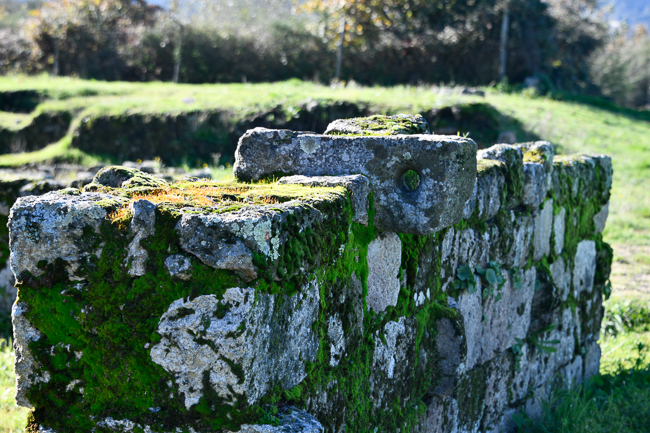
Sadly there is essentially no English language help in exploring the site, so one is left to their imagination, and the ability to draw on any prior knowledge of this type of archeological dig.
